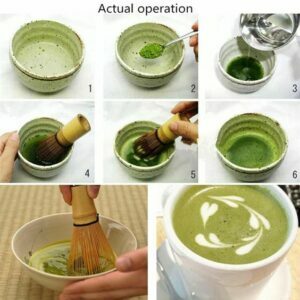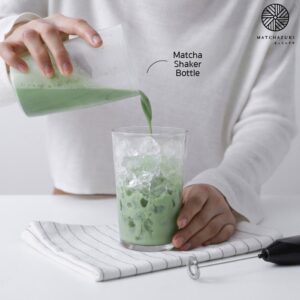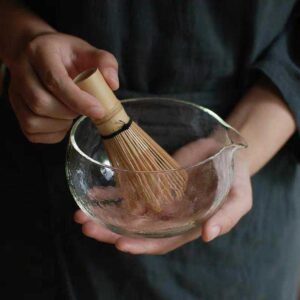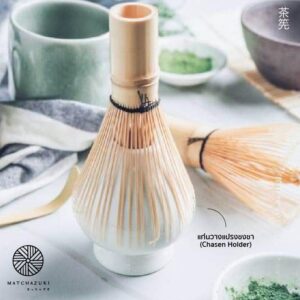
A Standard Operating Procedure (SOP) is more than just a work manual—it’s a detailed guide that outlines every step of your shop’s operations, from opening to closing. While some businesses overlook the importance of SOPs, issues like inconsistent drink flavors, mismatched presentation, or poor equipment storage often arise without them. For tea shops, whether small or large, SOPs are a fundamental necessity to maintain consistency, efficiency, and quality regardless of employee turnover.
What Makes a Good SOP for a Tea Shop?
An effective SOP goes beyond basic recipes. It provides comprehensive instructions to ensure every aspect of the customer experience is seamless and consistent. Here’s what your SOP should include:
1. Pre-Shift Preparation
Outline clear requirements for employees, such as preparing ingredients, setting up equipment, and organizing the workspace before opening.
2. Recipe and Process Details
Specify every step in detail for preparing drinks and desserts, including: – Precise Measurements: Clearly state units of ingredients to avoid misunderstandings. – Step-by-Step Instructions: Detail the order of ingredient preparation, pouring sequences, and even the timing of adding elements like milk or ice. For instance, adding milk before or after matcha can affect both the flavor and visual appeal.
3. Equipment Usage
Include instructions for using specific tools, such as frothing milk with a milk frother or whisking matcha powder with a chasen. These details help prevent mistakes, especially for employees new to the craft.
4. Cleanliness and Storage Guidelines
Highlight procedures for maintaining cleanliness and properly storing ingredients and equipment, such as how to care for a chasen or store tea powder to preserve freshness.
5. Closing Procedures
Provide steps for end-of-day tasks, including cleaning, organizing, and summarizing sales. These tasks may seem minor but contribute to operational efficiency and ensure a smooth start the next day.
Methods for Writing an SOP
SOPs can be created using flowcharts, step-by-step text, or visual aids like photos or diagrams. The key is to choose a format that your team finds easy to understand and follow.
The Benefits of SOPs in Tea Shops
Implementing a well-crafted SOP brings numerous advantages:
- Streamlined Training: Reduce the time needed to onboard new employees.
- Business Continuity: Maintain consistent operations, even during staff changes.
- Standardization: Ensure uniformity in processes and products.
- Enhanced Customer Experience: Deliver a consistently high-quality experience that fosters loyalty.
Crafting and Evolving Your SOP
Before drafting an SOP, list all operational steps, identify who is responsible for each task, and define the scope of every process. Regularly review and update your SOP to align with evolving business goals and ensure it remains relevant.
By creating an SOP tailored to your tea shop’s needs, you establish a foundation for operational excellence, enabling your team to consistently deliver quality service and memorable experiences to your customers.






